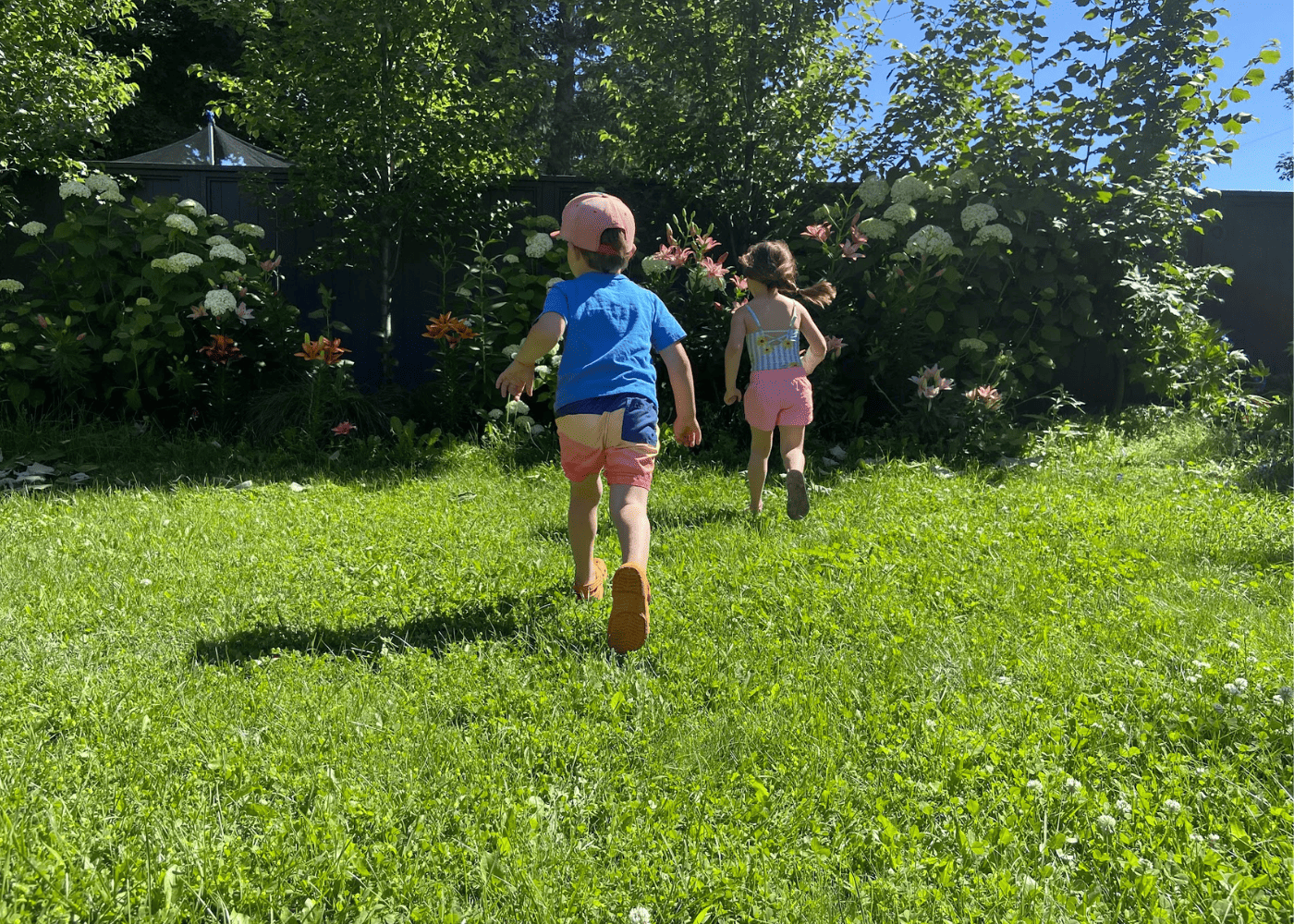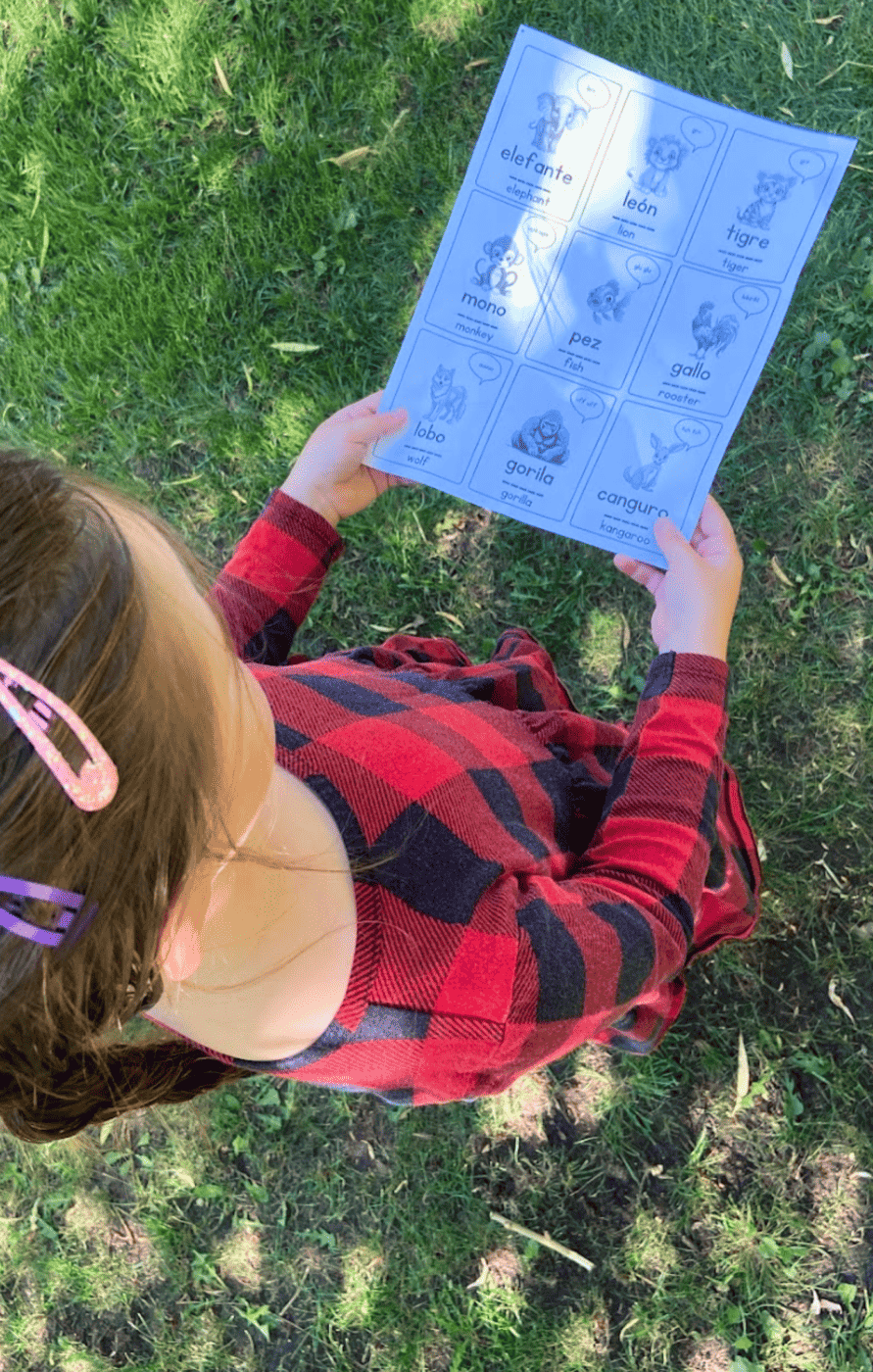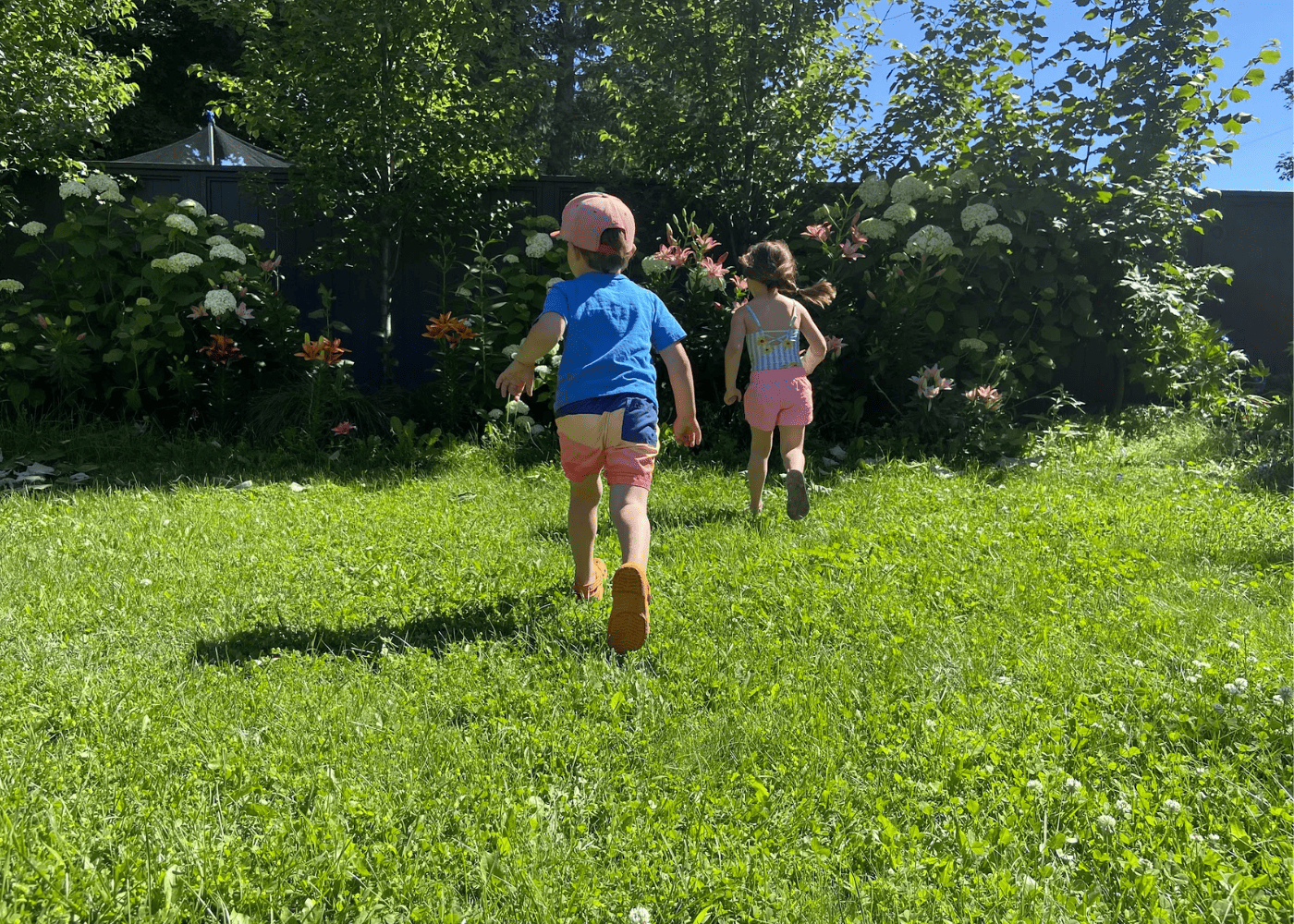As children grow and develop, it’s crucial to provide them with opportunities to engage in physical activities that promote their overall development. One engaging and enjoyable way to achieve this is through animal movements!
Animal movements mimic the actions and behaviors of various animals and can be a fun way for kids to exercise, enhance their gross motor skills, and unleash their creativity. In this article, we will explore the benefits of animal movements for kids and provide a variety of animal-inspired exercises that children can incorporate into their playtime.
Why animal movements are beneficial for kids
Animal movements offer a range of benefits for children. They not only help improve physical fitness but also contribute to the development of gross motor skills, coordination, balance, and strength.
Additionally, animal movements can stimulate a child’s imagination and creativity, making exercise more enjoyable and engaging. By incorporating animal movements into their routine, kids can develop a positive attitude towards physical activity from an early age. And, it’s one of my favorite games for outdoor learning!
Children and youth aged 5 to 17 should get at least 60 minutes of moderate-to-vigorous intensity physical activity per day.
The Government of Canada

Gross motor skills development and overall physical development
Gross motor skills are essential for children’s overall physical development. They involve the coordinated movements of the large muscle groups in the body. Animal movements provide an excellent opportunity for kids to work on their gross motor skills in a playful and interactive way. Through these exercises, children can enhance their balance, coordination, and strength, which are crucial for activities such as running, jumping, and climbing.
Since there are so many different types of movements you could do, animal movements cam engage various muscle groups. They promote the development of strength, coordination, balance, and flexibility. Regular practice of animal movements can enhance motor skills, endurance, and overall physical fitness in children.
Cognitive development
Engaging in animal movements requires concentration, focus, and coordination, stimulating cognitive functions in children. It helps them develop spatial awareness, body awareness, and the ability to follow instructions.
Emotional and social development
Animal movements provide a fun and non-competitive environment for children to explore their physical abilities and express themselves. It can boost self-confidence, self-esteem, and social interaction as kids engage in group activities and mimic the movements of their peers.
Animal walks: Fun and engaging exercises for kids
Here are some examples of animal walks that you can get the children to try. There is a description for each, but really, kids will likely have their own imaginative ways of moving.
Bear walk
The bear walk is an animal movement that mimics the walking pattern of a bear. To perform this exercise, kids should start in a standing position with their arms straight and feet shoulder-width apart. Then, they need to bend their knees slightly and walk forward on their hands and feet, keeping their back parallel to the ground. The bear walk helps strengthen the arms, legs, shoulders, and core muscles.
Crab walk
The crab walk imitates the sideways scuttling movement of a crab. Children should sit on the floor with their feet flat and hands behind them, fingers pointing backward. They should lift their hips off the ground, using their hands and feet to move in a sideways direction. The crab walk targets the upper body, including the arms, shoulders, stomach and chest muscles.
Turtle crawl
The turtle crawl is a slow and controlled animal movement that resembles the crawling motion of a turtle. Kids should start in a crawling position on all fours. They should then extend their right arm and left leg forward simultaneously, followed by their left arm and their right hand and leg. This exercise helps improve coordination and strengthens the core, arms, and legs.
Bunny hop
The bunny jump or hop is a fun and energetic animal movement that replicates the hopping motion of a bunny. Children should stand with their feet together and hands forward, palms facing down. They should then jump forward using both feet simultaneously, swinging their arms for balance. The bunny hop enhances leg strength, coordination, and cardiovascular endurance.
Snake slither
The snake slither imitates the slithering movement of a snake. Kids should lie down on the floor on their stomachs, with their arms extended forward and palms resting on the ground. They should lift their upper body off the ground and wiggle forward using a side-to-side motion, just like a snake. This exercise engages the back muscles and promotes spinal flexibility.
Then, invite them to (very creatively) find a way to move like a snake! They will likely need to stand, but I think it’s fun to see what they choose to do.
Elephant trunk swings
The elephant trunk swing is a playful exercise that imitates the swinging motion of one leg of an elephant’s trunk. Kids should stand with their feet shoulder-width apart and arms hanging loosely by their sides. They should then swing their arms forward and backward, as if they were swinging an imaginary trunk. This exercise helps improve arm mobility and coordination.
Monkey hangs
Monkey hangs simulate the hanging behavior of monkeys from tree branches. Kids can perform this exercise using a sturdy bar or monkey bars at a playground. They should grab the bar with their palms facing away from them and hang, letting their body weight stretch their arms and shoulders. Monkey hangs build upper body strength and improve grip.
Polar bear walk
The polar bear walk mimics the slow and deliberate movement of a polar bear walking on ice. Kids should stand with their arms straight and feet slightly wider than shoulder-width apart. They should then take slow steps forward, shifting their weight from one foot to side to side. The polar bear walk targets the legs, core, and improves balance.

Other animal-inspired exercises
Whenever I do this activity with young kids, I like to emphasize two things: Choice and a variety of gross motor movements. I much prefer to ask kids what they would like to act as and then give them prompts if they need them. When I do give suggestions, I consider which gross motor movements they have worked on.
Be sure to suggest animal movements that provide a variety of opportunities for movement – Jumping, running, crawling, etc.
Here are some other animal exercises that kiddos could try:
- Frog jump
- Penguin or duck waddle
- Gorilla stomp
- Flamingo stand
- Kangaroo hop
- Cheetah run
- Lion roar and pounce
- Giraffe stretch
- Butterfly flutter
- Horse gallop
- Dolphin swim
- Crocodile crawl
- Owl fly
- Shark fin swim
- Octopus wiggle
The best part of this is that each kiddo will have their own interpretation of the movement. Have fun with the movements and enjoy how silly things can get.

How to perform animal movements
To perform animal movements effectively and safely, it’s essential to follow proper technique and posture. Here are some tips to keep in mind:
- Maintain a standing position with arms straight and feet shoulder-width apart for exercises such as bear walk and polar bear walk.
- Bend your knees slightly to engage the leg muscles and maintain stability during animal movements.
- Keep your back straight and parallel to the ground during exercises like the bear walk and crab walk.
- Engage the core muscles to provide stability and support throughout the movements.
- Ensure that the surface you perform animal movements on is safe, flat, and free from obstacles or hazards.
It’s also important to consider general physical activity safety precautions while on animal walks or engaging in animal movements:
- Start with gentle warm-up exercises to prepare the muscles and joints for the movements.
- Pay attention to your child’s abilities and choose animal movements that are appropriate for their age and skill level.
- Supervise young children closely to ensure they perform the movements correctly and safely.
- Encourage proper hydration before, during, and after exercise to prevent dehydration (especially on warm days outside!).
Animal movements in early childhood education
Animal movements have become increasingly popular in early childhood education settings. They are incorporated into lesson plans and physical education activities to promote holistic development in young children. By combining exercise with imaginative play, animal movements foster a love for physical activity and lay the foundation for a healthy lifestyle.
Prepping the kids to play
This Jack Hartman video is a great thing to play before doing animal movements for kids! Some may not feel confident in doing animal movements without seeing them first – And what a better way to learn than with music!
Tips for making animal movements fun and engaging
To make animal movements more enjoyable for kids, consider the following tips:
- Encourage your child to choose their favorite animal and act out its movements.
- Incorporate storytelling or pretend play into animal movements, creating imaginative scenarios for children to engage with.
- Use colorful props or costumes that represent different animals to spark children’s curiosity and imagination.
- Play animal-themed games that involve specific movements, such as “Simon Says” or “Animal Charades.”
- Create challenges or competitions that involve animal movements, motivating children to improve their skills and performance. I often like to do “animal races” where the children run from one line to another as the chosen animal (the whole-group does the same animal).
Remember, the goal is to make animal movements a fun and engaging experience for children, encouraging them to embrace physical activity as an essential part of their lives.
FAQs about animal movements for kids
Can animal movements help with coordination skills?
Yes, animal movements can significantly contribute to the development of coordination skills in children. By mimicking the movements of animals, kids learn to control their body’s movements and improve their spatial awareness and hand-eye coordination.
Can animal movements be done by children of all ages?
Yes, animal movements can be adapted to suit children of different ages and developmental stages. Younger children may need simpler movements, while older children can perform more complex variations. It’s important to choose movements that are appropriate for your child’s age and physical abilities.
Can animal movements be modified for children with exceptional needs?
Yes, animal movements can be modified and adapted to meet the needs of children with exceptional needs. It’s important to consider individual abilities and limitations when deciding which animal to mimic.
Resources
- Tips for hiking with toddlers
- 10 Nature counting activities for preschoolers
- 10 Outdoor toys for 1-year-olds
- Turning snow into art: The beauty of snow painting
- 5 Senses nature walk activity with worksheet
- How to do shadow drawing with kids
Conclusion
Animal movements provide an engaging and enjoyable way for kids to exercise and develop their physical, cognitive, and social skills. By imitating the movements of various animals, children can enhance their gross motor skills, coordination, balance, and strength. Incorporating animal movements into daily routines, both indoors and outdoors, can make exercise fun and stimulating for children. Whether it’s bear walks, bunny hops, or snake slithers, these playful animal exercises can have a positive impact on a child’s overall development and lay the foundation for a healthy and active lifestyle.
More ways to learn outside
Head over to our Outdoors category to see some of our favorite outdoor learning ideas and activities for kids!
References
Children and physical activity, the Government of Canada

